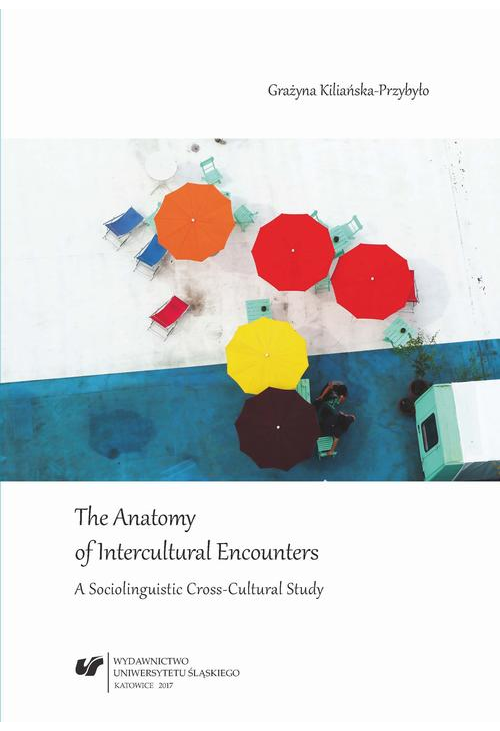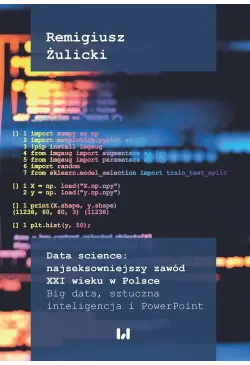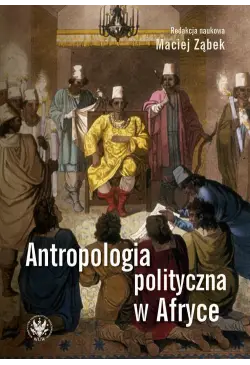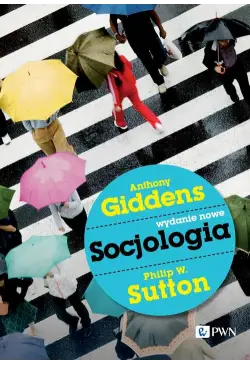
ebook The Anatomy of Intercultural Encounters. A Sociolinguistic Cross-Cultural Study
Czy chcesz zgłębić tajniki komunikacji międzykulturowej i poznać mechanizmy rządzące interakcjami w globalnym świecie? Odkryj "The Anatomy of Intercultural Encounters. A Sociolinguistic Cross-Cultural Study" autorstwa Grażyny Kiliańskiej-Przybyło, wydane przez Wydawnictwo Uniwersytetu Śląskiego w 2017 roku. Ta fascynująca publikacja w języku angielskim przeniesie Cię w świat spotkań międzykulturowych, dostarczając cennych informacji i osobistych perspektyw.
Życie w globalnej wiosce: W dzisiejszych czasach kontakty z obcokrajowcami są nieuniknione, zarówno te osobiste, jak i wirtualne. Autorka skupia się na charakterystyce spotkań międzykulturowych, analizując interakcje uczestników oraz czynniki wpływające na komunikację międzykulturową.
Dwie perspektywy: Książka przedstawia spotkania międzykulturowe z dwóch punktów widzenia: teoretycznego i osobistego. Uwzględnia doświadczenia studentów Filologii Angielskiej polskiego i tureckiego pochodzenia, co daje unikalną perspektywę na temat.
Teoria i praktyka: Publikacja nie tylko przybliża specyfikę kontaktów międzykulturowych, ale również pozwala zaobserwować mechanizmy występujące podczas takich spotkań. Dodatkowo, stanowi materiał źródłowy w postaci osobistych refleksji uczestników badania, historyjek i anegdotek z zakresu komunikacji międzykulturowej.
Dla każdego: "The Anatomy of Intercultural Encounters" jest adresowana do szerokiego grona odbiorców: studentów, osób podróżujących i mających kontakt z obcokrajowcami, nauczycieli oraz osób prowadzących szkolenia międzykulturowe.
Pobierz teraz: Zanurz się w fascynujący świat interakcji międzykulturowych za pomocą tego ebooka dostępnego w formacie PDF. Odkryj najlepsze publikacje cyfrowe, czytając wygodnie na swoim urządzeniu. Sklep z ebookami czeka na Ciebie!
E-książki dla każdego: Ebooki to idealny sposób na rozwijanie pasji czytelniczych bez względu na miejsce i czas. Wydania elektroniczne pozwalają na łatwe pobieranie e-booków, a format PDF gwarantuje komfortowe czytanie. Czytaj wybrane bestsellery ebooki lub najlepsze ebooki i zgłębiaj wiedzę w dowolnej chwili.
Szczegóły ebooka The Anatomy of Intercultural Encounters. A Sociolinguistic Cross-Cultural Study
- Wydawca:
- Wydawnictwo Uniwersytetu Śląskiego
- Rok wydania:
- 2017
- Typ publikacji:
- Ebook
- Język:
- angielski
Recenzje ebooka The Anatomy of Intercultural Encounters. A Sociolinguistic Cross-Cultural Study
-
Reviews (0)

Na jakich urządzeniach mogę czytać ebooki?















@CUSTOMER_NAME@
@COMMENT_TITLE@
@COMMENT_COMMENT@